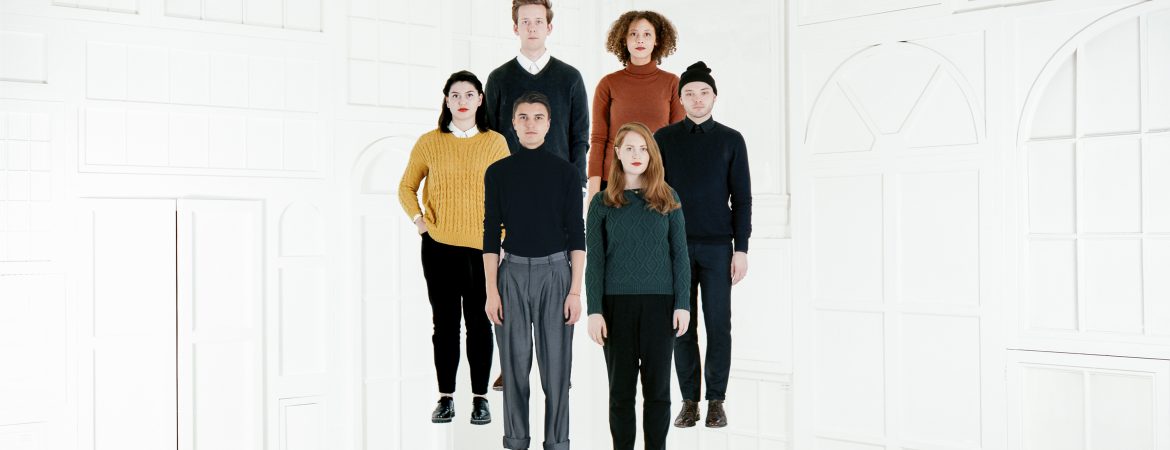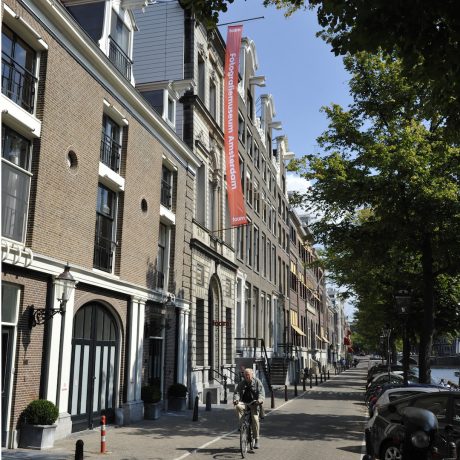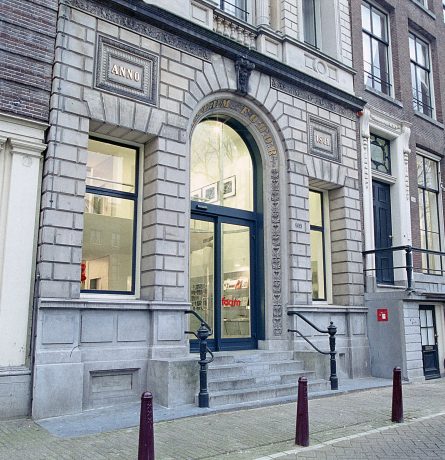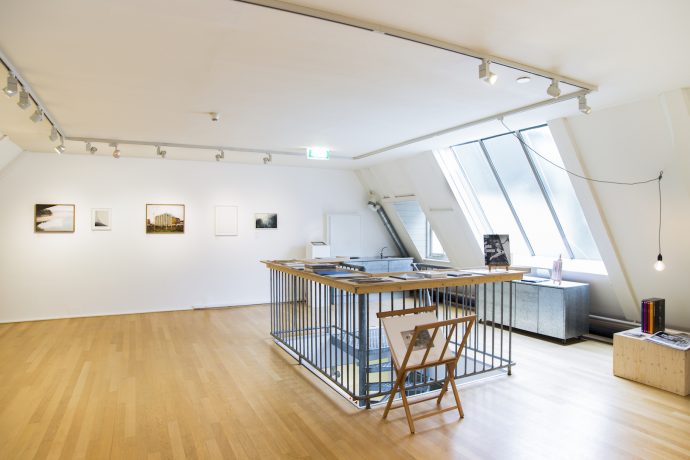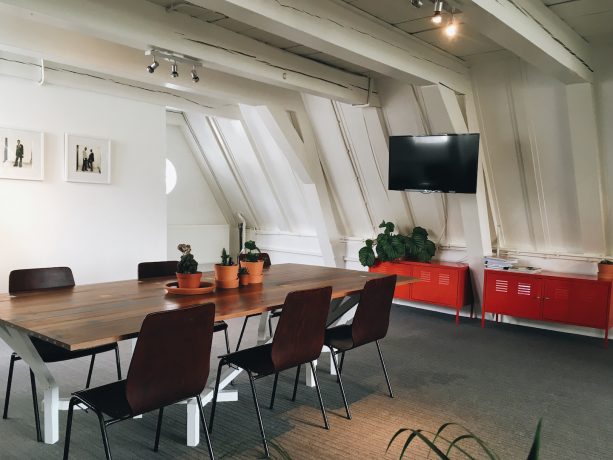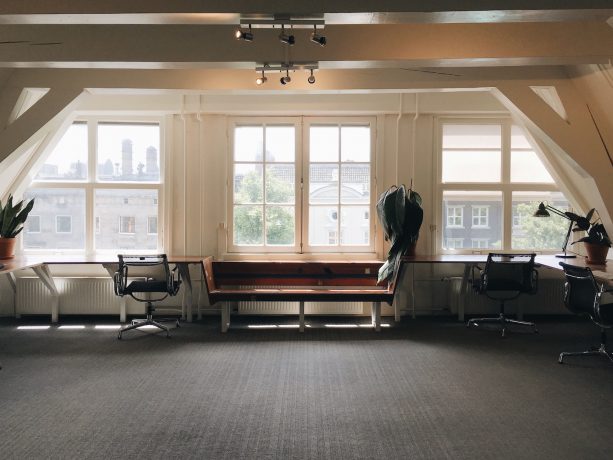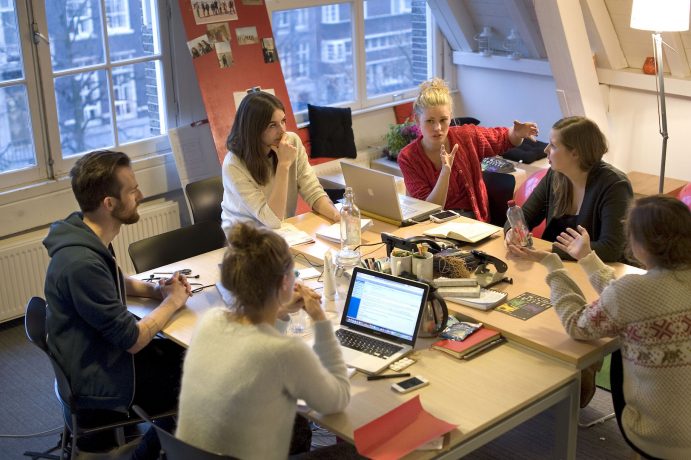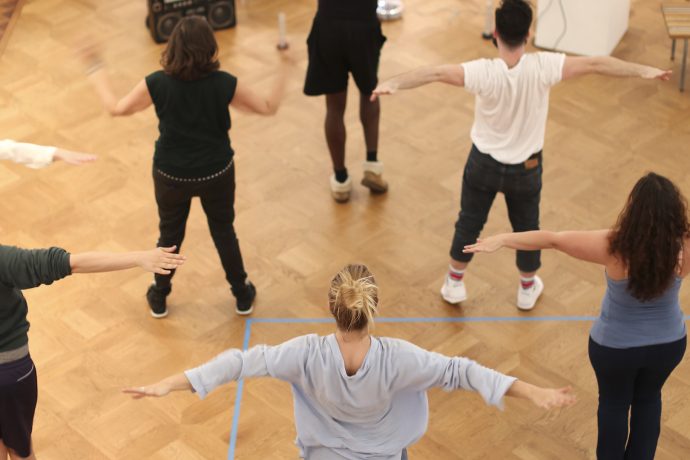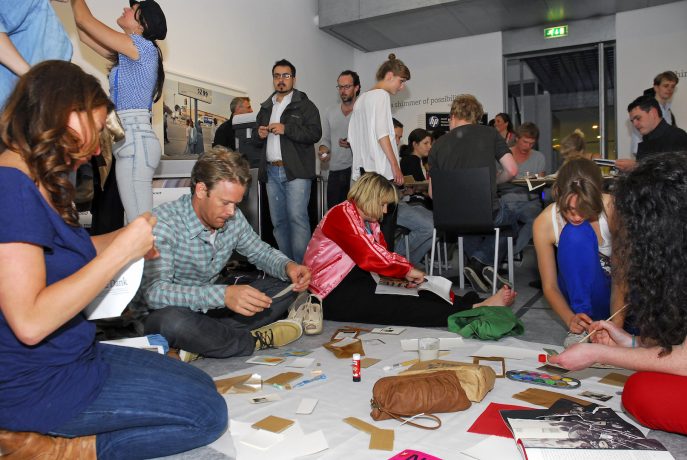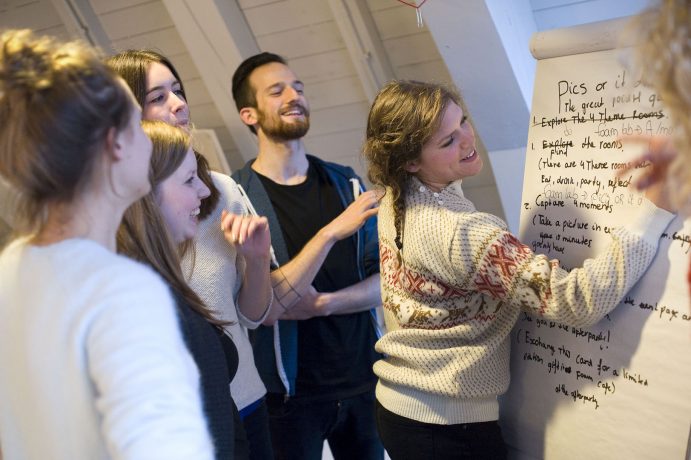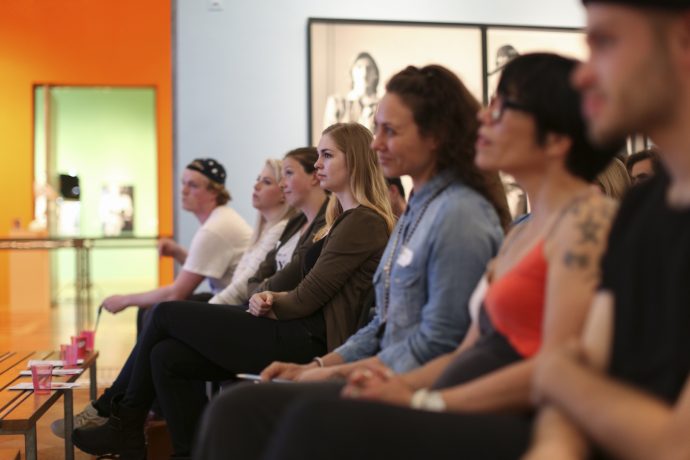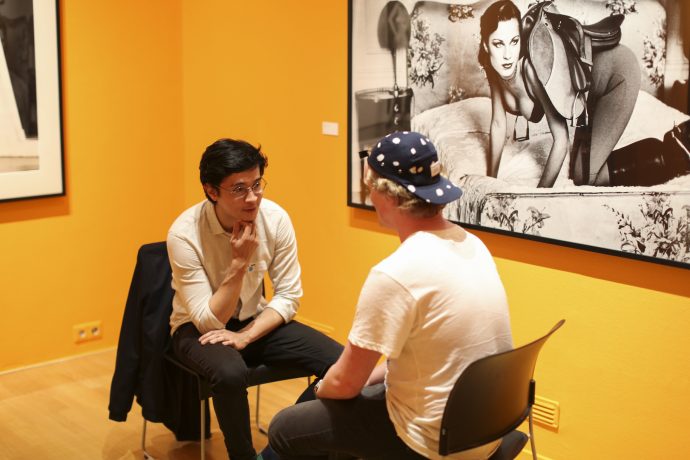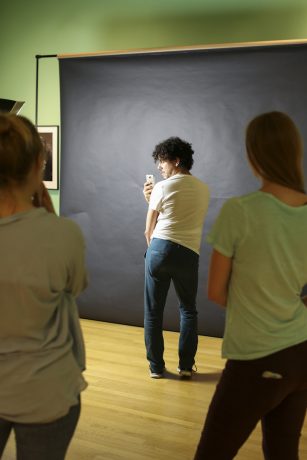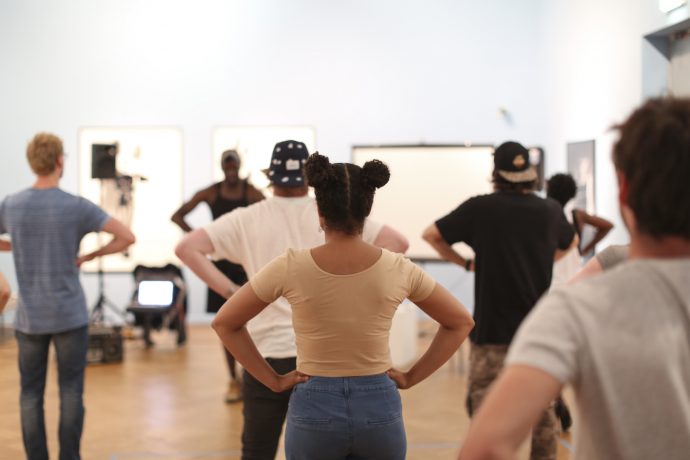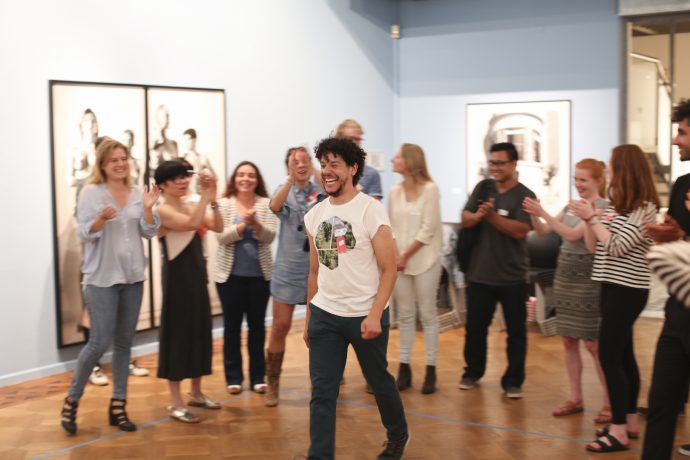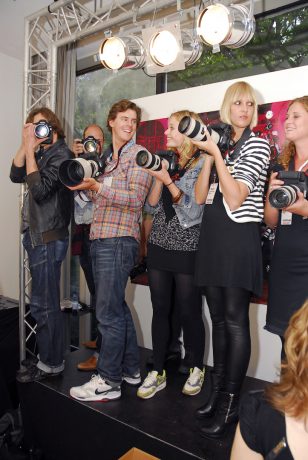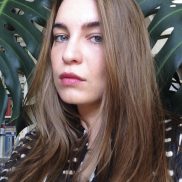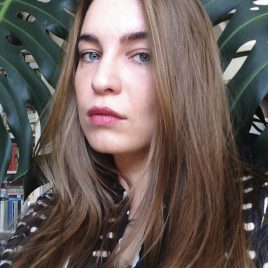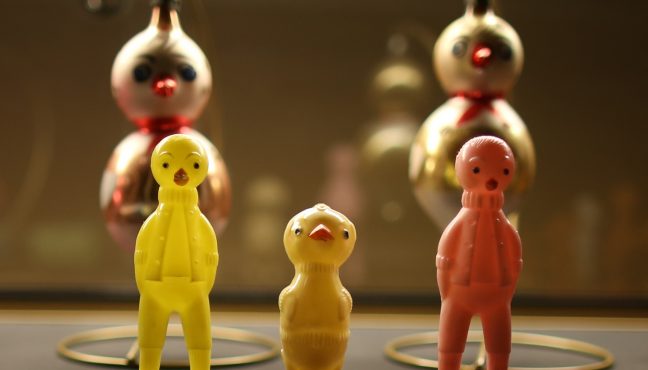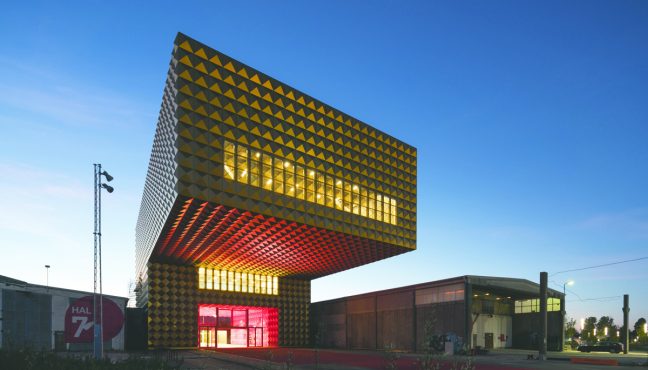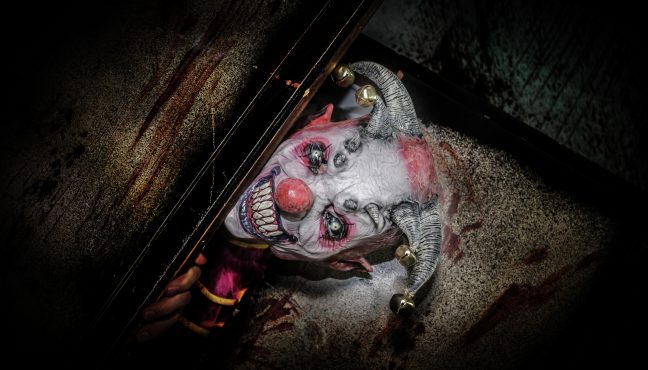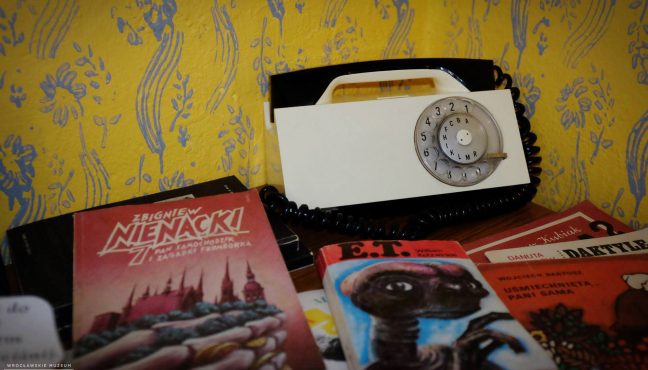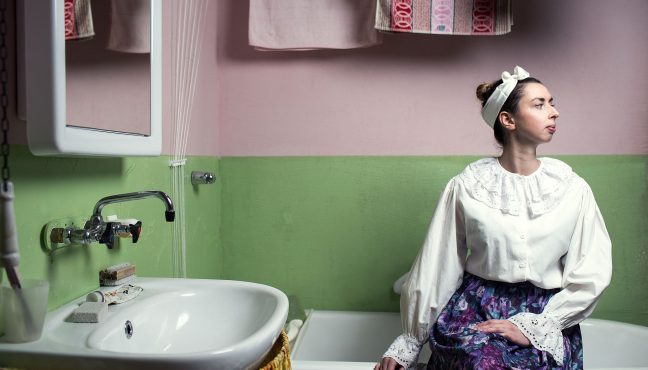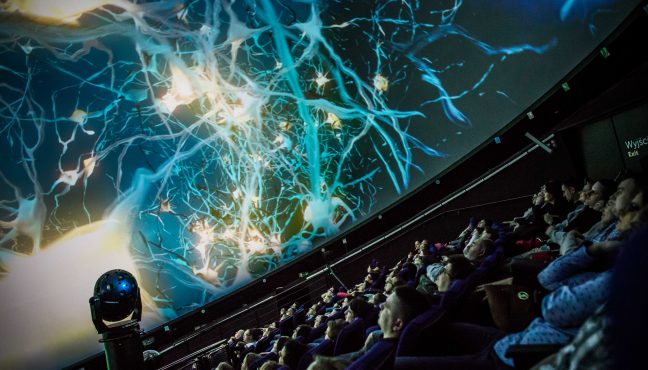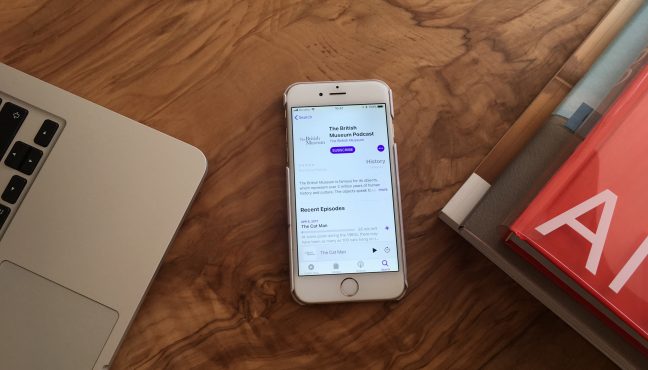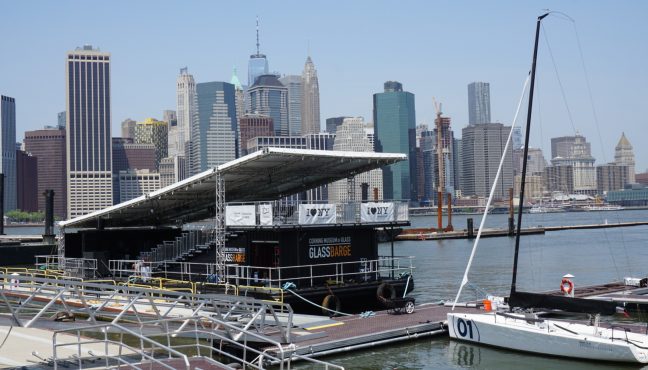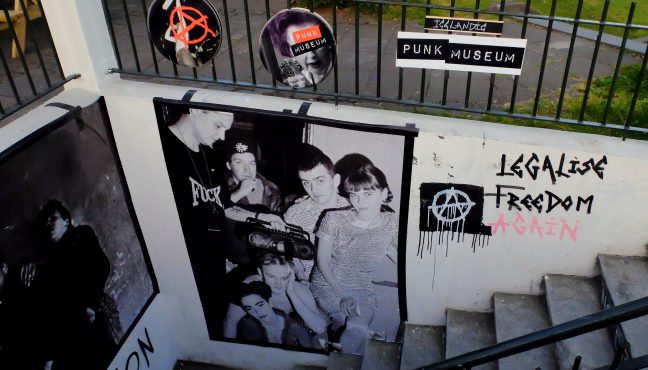Foam, an innovative photography museum, is one of the most dynamic art institutions in Amsterdam. It presents international blockbuster exhibitions alongside with smaller shows of emerging artists. Its lectures are lively and exhibition openings overcrowded with creative youngsters, professionals and new talents of photography. Its initiatives, like Unseen photo fair and Foam magazine, are internationally recognized. 8 years ago Foam has launched Foam Lab, another museum innovation. Foam Lab quickly became one of the most desirable traineeships within museum world. It provides relevant work experience and freedom for creativity.
MuSEEum talked with the Head of Education at Foam, Amsterdam, Maren Siebert, about Foam Lab, what trainees of Foam Lab are working on and how they are renewing Foam museum from within. Maren is responsible for initiating and coordinating outstanding and innovative educational programs, with a focus on being inclusive.
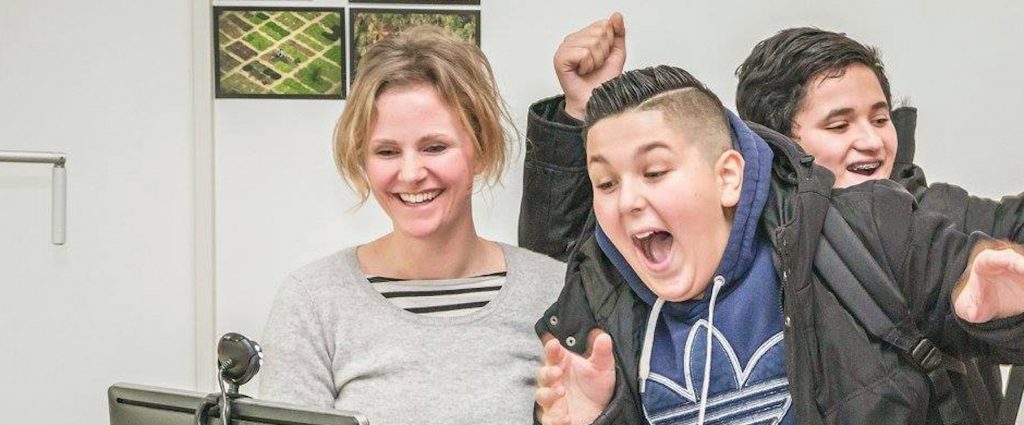
How was the Foam Lab launched? How did this idea appear?
In 2008 Foam Lab was launched for the first time. We already had 7 editions. We launched it because we felt that there was a gap between theoretical education and practical work experience for a lot of young makers and creative professionals. At that time there was no traineeship at the museum. We felt a need to attract a younger audience, and by working with young makers we succeeded to speak to a younger audience with our programming. Big percent of the audience of Foam is younger than 35 years old. At the beginning it was really about events inside and outside of the walls of the museum for very young audience between 18 and 35 years old.
"We thought that there is a need to have a critical point of view from the outside, from the young target group, the audience of the future and also the audience of today. We were longing for fresh point of view, innovative new ways of thinking, of programming and events planning. Foam Lab is also about building one’s network. We are interested in talent development in a broad sense."
Foam focuses not only on the development of the talents within photography, which we do quite a lot (The Talent issue, The Paul Huf award). We really wanted to build this network and scout talent from a very young age from various groups. People who form Foam Lab are not exclusively photographers. They are graphic designers, industrial designers, food designers, producers. Some people who used to be in Foam Lab are now working in very diverse organizations. So it’s also interesting for us to build connections with the cultural field in the Netherlands. Some of them are working in Foam. We scout talent for our own organization as well.
How does the Foam Lab function? How does the Foam Lab communicate with different museum departments?
There has been a transition. In the beginning Foam Lab was a separate group within museum, organizing events mostly of their own. And now they are working with different departments more and more. We design a couple of assignments for them. During the last edition there was an assignment from Educational department, from curators (Foam Beta), from partnership and development department. Participants of Foam Lab were working on these assignments for 8-9 months. For instance, educational department had a need to transform educational spaces and we wanted to renew our family experience within the museum. Curators wanted to build a platform not only for photographers, but for Foam Lab itself, for people studying in universities and art academies in order to build a community, a network. This is one of the things Foam Lab is also about: working together with people from very different backgrounds. It’s always the first thing the Foam Lab trainees are talking about. The biggest value of Foam Lab is that they are really working together on group assignments.
It sounds like a very special program within the museum. I can’t really think about a similar initiative.
You see a lot of museums nowadays doing events planning, which are attracting younger audiences (blikopeners at Stedelijk). But it’s different. There you have a budget and a set goal. In the beginning we were doing it as well, but then we felt that it’s not enough. After several editions of Foam Lab, it began to be more about organizing and producing and not so much about having critical stands. Later on Foam Lab was working not only on the formulated assignments, it was also transforming organization, because trainees had a very critical view on museum’s programming. Sometimes the whole idea of the assignment was being transformed. This, we feel, is exactly the added value of Foam Lab for our museum.
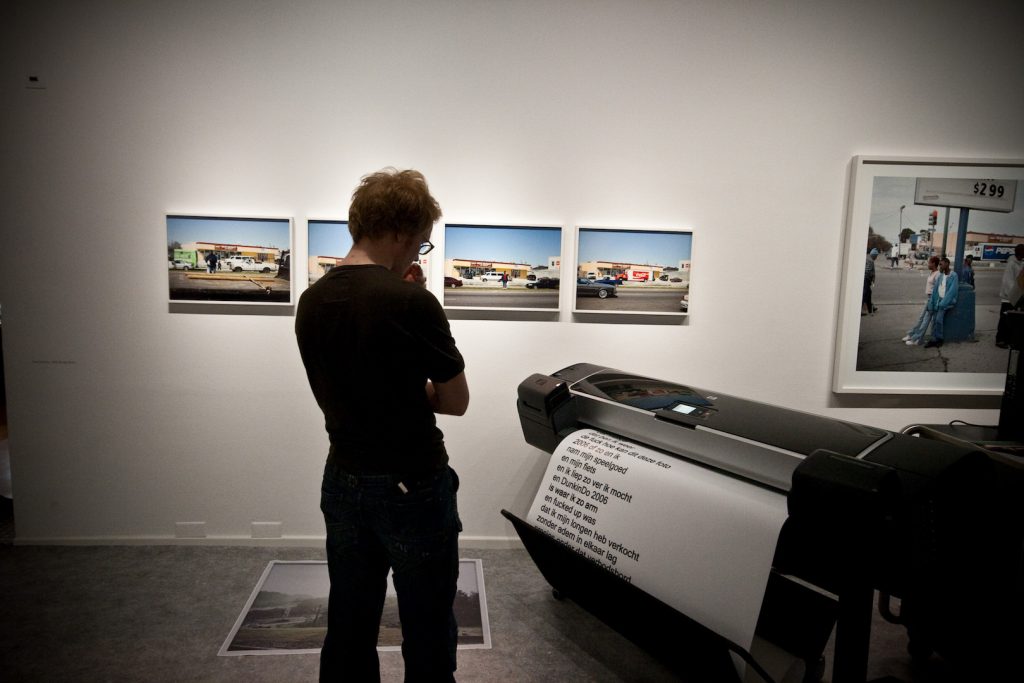
What were the backgrounds of the participants of the latest Foam Lab edition?
Food designer, graphic designer, industrial designer, photographer, fashion designer. We had some assignments for the whole group and some for subgroups. Sometimes we tried to give them a part in the assignment, which is in their comfort zone, and sometimes – out of their comfort zone. They had to think about planning, organizing, financing. It stimulates the cultural entrepreneurship. Especially in art academies you’re working in a beautiful bubble of quality and design and working within an ideal situation. But when you go out in the real world and you want to make something happen, you should be able to plan and write budgets. For the trainees of Foam Lab it was one of the most difficult parts. They don’t only learn to work for a very professional organization with very high standards. They also have to develop personally, in collaborative skills and attitude.
Is it a full-time traineeship?
No, it’s 2 days a week. And the trainees get paid, which I think is quite important. In the beginning we were not paying. But we felt that it is important, because we want to pay people for their time, energy and talent. Also we want to open up the opportunity for everyone and we want to stress the high standard and expectations. This program is still an investment in ones future, because it is really intense: 2 days a week in Foam. But there is so much to do. They are always working more. It’s quite difficult to combine it with other work. I think it’s also important to pay them, because it gives a certain amount of responsibility. It’s more professional.
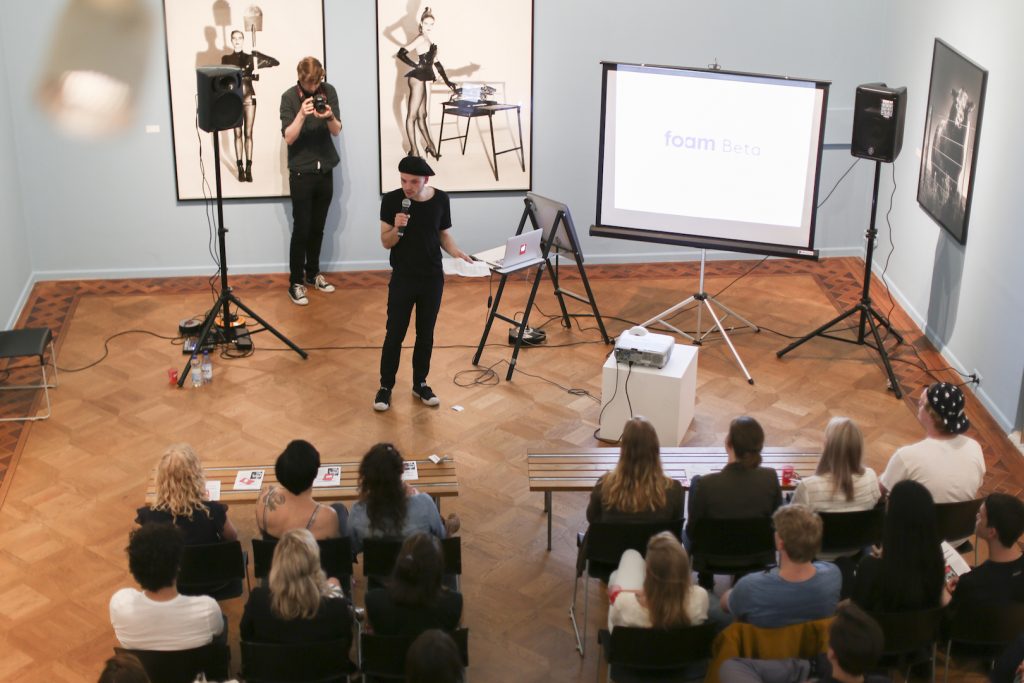
What is the age limit?
We don’t have an age limit. Applicants should be recently graduated. So they are usually 22-23. When you see the applications, it’s surprising to see how much they have already accomplished. They have very impressive portfolios. One of the challenges of Foam is to keep the trainees at Foam Lab, because they are quite high profile students.
What is the process of selection?
Every year there is an application procedure, an information evening, which attracts a lot of young people every year. We select 8 trainees. The number depends on the year. Sometimes we loose some trainees on the way, because they are getting job offers, which they can’t refuse. That’s part of the risk of working with high profile talents, of course.
What were the projects in the previous year?
One, which was very successful, was the project, in which they have redesigned Foam Editions, which is our in-house gallery. It’s still open for public the way they delivered it. And they really thought about different aspects of the museum, because the space of the Foam Editions is all the way up. A lot of people couldn’t find it. So they made interesting route towards Editions. And they outdid themselves in redesigning the space and rethinking the whole concept of Foam Editions. Trainees were very proud of it and it gave them a lot of exposure. At the beginning trainees of Foam Lab programmed an event, which was called “Foam Lab. Play”. For one night visitor became curator of the museum, everything was possible. There was a catwalk and everyone could paintball in the museum. So it was quite extreme. And it was an interesting proposal. It was hard to convince the director in this idea. But in the end it was a big success.
Can you tell us a bit more about “Foam. Beta”?
It is the last project trainees of 2016 were working on as a group. We had more assignments: redesigning their own space, because they work in the attic and another one – an overview video of Foam 2015. They were also working with the development department: we have a program “Foam Fan” (people are supporting institution). Foam Fans are lovers of photography. In return for their support we offer many benefits, but they didn’t have their own programming. We wanted to create an evening or a day for them. And we were also inviting people who might have been interested in becoming “Foam Fan”. “Foam. Beta” was the latest assignment. It’s about making awkward networking less awkward. It’s also about structural programming. They proposed to do it twice a year with the same group and build up a community.
"It’s all about networking for people from different spheres, connecting people, who are also working in academia. It’s interesting to mix people who are working with visual images with people who are making academic research, which could be more attractive, if you add up images to it."
Foam Lab is currently looking for a new team! You can apply for the Foam Lab here: Apply for Foam Lab. And follow the adventures of Foam Lab via Facebook and Instagram.
